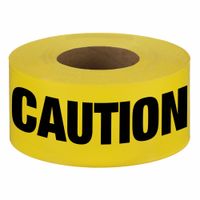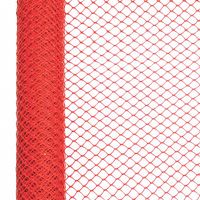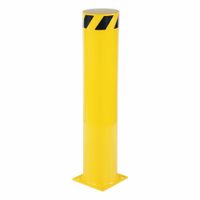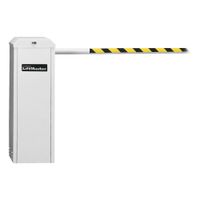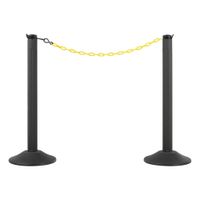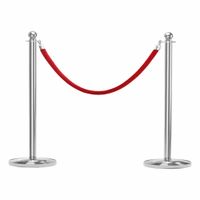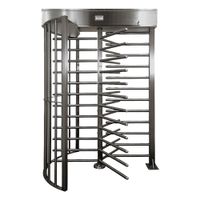Plastic chain barriers are versatile tools for managing pedestrian flow and restricting access in various settings. They are lightweight, durable, and easy to install, making them ideal for both temporary and permanent applications.
To restrict access, plastic chain barriers can be used to cordon off areas that are off-limits to the public, such as construction sites, maintenance zones, or private events. By connecting the chains to stanchions or posts, you can create a visible and physical barrier that deters unauthorized entry. The bright colors of the chains, often red, yellow, or orange, enhance visibility, ensuring that the restricted areas are easily identifiable.
For creating walkways, plastic chain barriers can guide foot traffic in a controlled manner. By strategically placing the chains along desired paths, you can direct people through specific routes, preventing congestion and ensuring safety. This is particularly useful in crowded environments like airports, museums, or festivals, where clear pathways are essential for efficient movement.
Additionally, plastic chain barriers can be customized in length and configuration to suit different spaces and requirements. They can be easily adjusted or reconfigured as needed, providing flexibility for changing circumstances. The chains can also be combined with signage to convey additional information or instructions, further enhancing their effectiveness in managing pedestrian flow.
Overall, plastic chain barriers offer a practical and cost-effective solution for access control and walkway creation, ensuring safety and organization in various environments.
